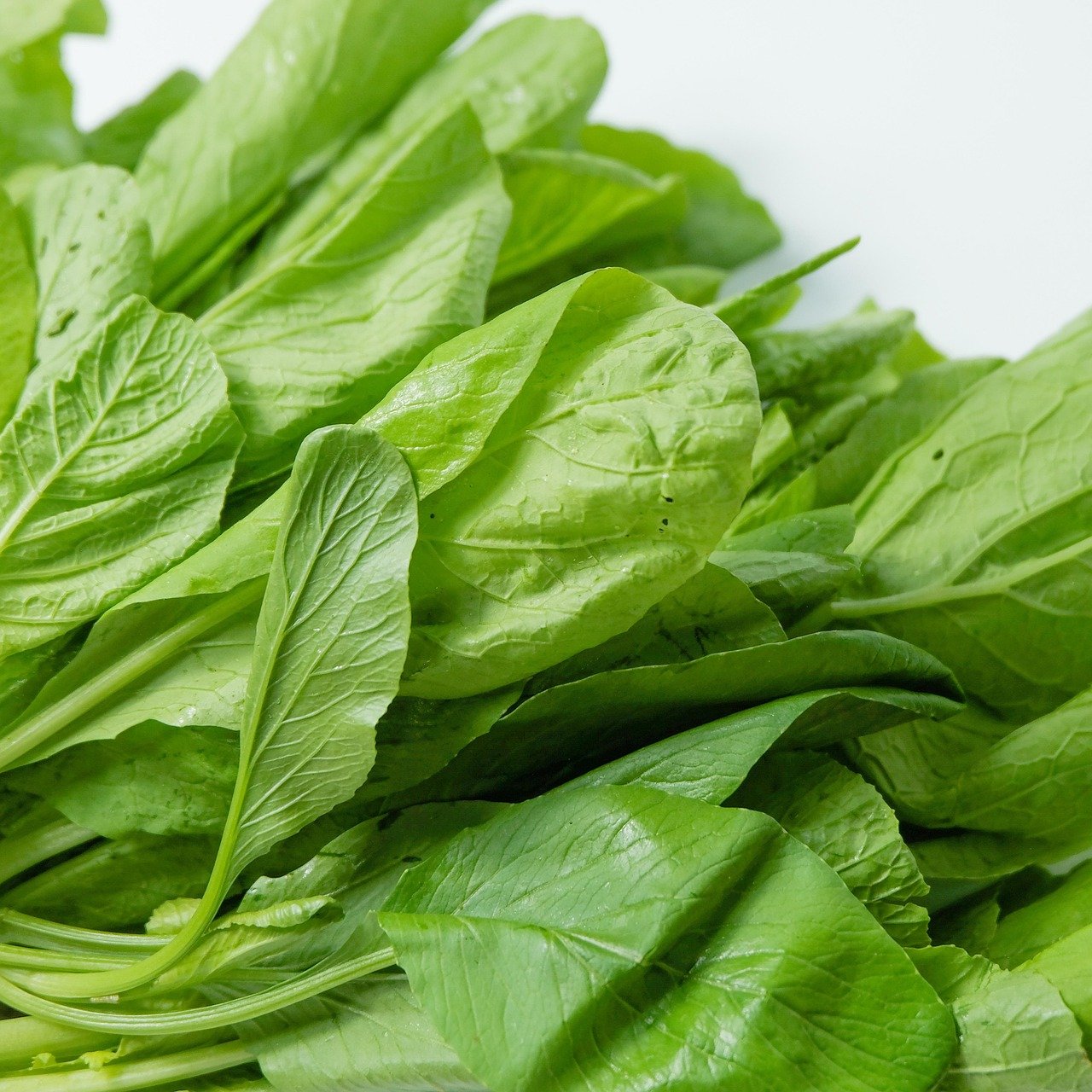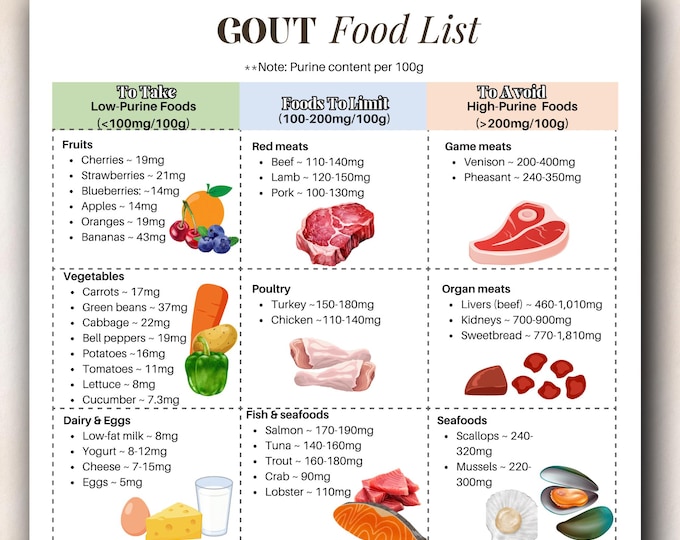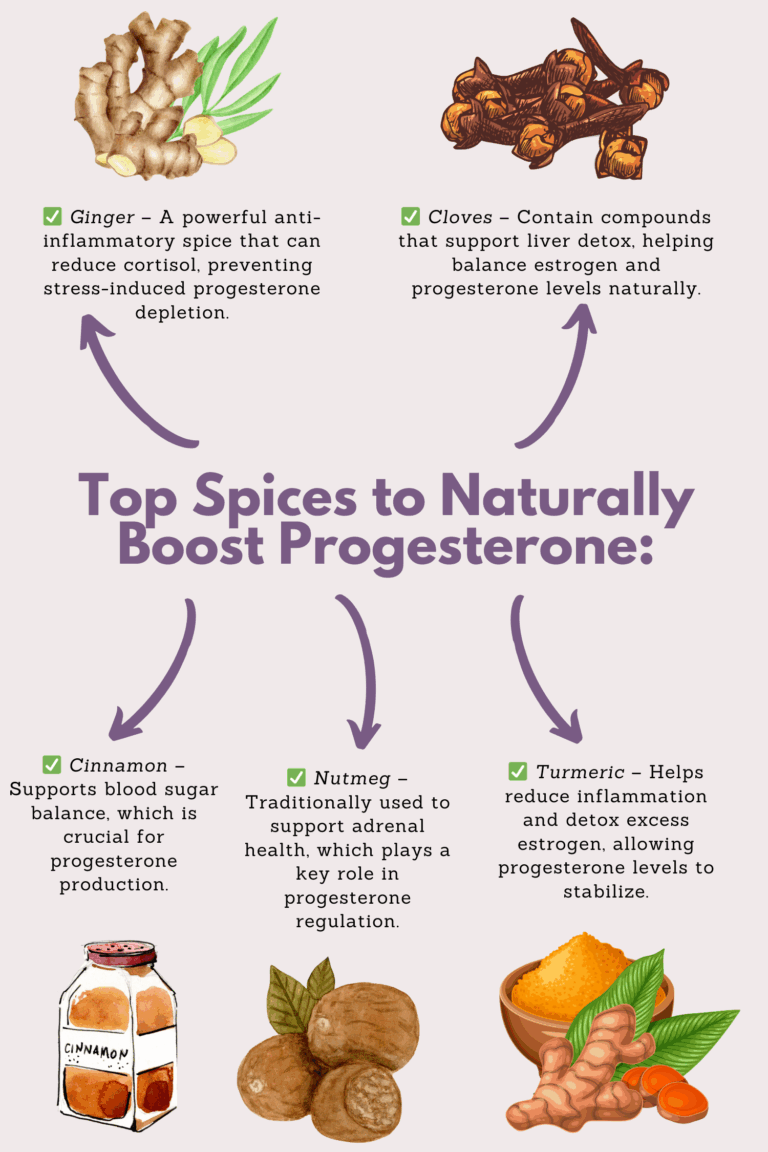From Popeye to Powerhouse: Unlocking the Incredible Health Benefits of Spinach
The image is iconic: a burly sailor, cornered by a brute, gulps down a can of spinach, muscles instantly bulge, and he triumphs. Popeye the Sailor Man, a cultural phenomenon born nearly a century ago, cemented spinach’s reputation as a superfood, a magical elixir for instant strength. While the cartoon’s instant gratification might be a whimsical exaggeration, Popeye wasn’t entirely wrong. Beneath its humble, leafy exterior, spinach harbors a nutritional arsenal that far surpasses simple muscle-building. It is, in fact, a powerhouse of vitamins, minerals, and phytonutrients, offering a narrative of health benefits that truly deserves a deep dive.
This isn’t just a list of nutrients; it’s the story of a leaf that has captivated cultures for millennia, endured scientific scrutiny, and continues to surprise researchers with its multifaceted contributions to human well-being. From ancient Persian gardens to modern scientific labs, spinach has proven itself to be a silent guardian of our health, a testament to nature’s profound wisdom.
The Verdant Voyage: A History Woven with Leaves
Our story begins not with a sailor, but in ancient Persia, where spinach (Spinacia oleracea) is believed to have originated around 2,000 years ago. Known as "aspanakh," it quickly spread across the globe, carried along trade routes. It reached China in the 7th century, where it was hailed as "the Persian vegetable" and highly prized for its perceived medicinal properties.
The Moors introduced spinach to Spain in the 11th century, and from there, it slowly made its way across Europe. Its popularity surged in the 16th century, largely thanks to Catherine de’ Medici, who, upon marrying King Henry II of France, brought her Florentine chefs and a fondness for spinach to the French court. Dishes prepared "à la Florentine" (with spinach) became fashionable, forever linking the queen to the verdant leaf.
Fast forward to the 20th century, and spinach found its most famous advocate. In 1929, E.C. Segar introduced Popeye, a character whose love for spinach was legendary. The cartoon single-handedly boosted spinach consumption in the United States by an astonishing 33% during the Great Depression. Children, inspired by Popeye’s feats of strength, reluctantly or eagerly devoured their greens.
However, Popeye’s powerful endorsement also perpetuated a slight scientific inaccuracy. The common belief that spinach was exceptionally high in iron, far more so than other vegetables, stemmed from a decimal point error in a 19th-century German analysis, mistakenly placing the iron content at ten times its actual value. While spinach is a good source of iron, especially for a vegetable, it’s not the miraculous iron bomb once believed. Yet, the myth, like Popeye’s muscles, proved remarkably resilient. This historical detour highlights that even with a slight factual misstep, spinach’s true nutritional value needed no embellishment. It’s remarkable enough on its own.
The Nutritional Symphony: Unpacking Spinach’s Powerhouse Profile
To truly understand spinach’s prowess, we must delve into its intricate composition. It’s a low-calorie, nutrient-dense food, meaning it delivers a substantial amount of vitamins and minerals for very few calories. This makes it an ideal component of any healthy diet.
1. Vitamins: The Orchestrators of Body Functions
- Vitamin K (Phylloquinone): Spinach is one of the richest sources of Vitamin K, with a single cup of cooked spinach providing well over 1,000% of the daily recommended intake. This fat-soluble vitamin is absolutely critical for blood clotting, ensuring wounds heal properly. Beyond that, Vitamin K plays a pivotal role in bone health. It helps activate proteins like osteocalcin, which binds calcium to the bone matrix, improving bone density and reducing the risk of fractures. For a knowledgeable audience, understanding its role in carboxylation of glutamic acid residues in bone proteins is key.
- Vitamin A (Beta-Carotene): Spinach is loaded with beta-carotene, a potent antioxidant that the body converts into Vitamin A. This vitamin is essential for vision, particularly in low light conditions, and is crucial for maintaining healthy skin, mucous membranes, and a robust immune system. It supports cell growth and differentiation, playing a role in the health of almost every tissue in the body.
- Vitamin C (Ascorbic Acid): A well-known antioxidant, Vitamin C boosts the immune system, protects cells from oxidative damage, and is vital for collagen production. Collagen is the main structural protein in connective tissues, making Vitamin C indispensable for healthy skin, hair, nails, and joints. It also enhances the absorption of non-heme iron (the type found in plants), cleverly counteracting the challenges of plant-based iron absorption.
- Folate (Vitamin B9): Crucial for DNA synthesis and repair, folate is especially important during periods of rapid cell division and growth, such as pregnancy and infancy. Adequate folate intake helps prevent neural tube defects in newborns. In adults, it contributes to red blood cell formation and may play a role in reducing the risk of heart disease by helping to regulate homocysteine levels.
- Other B Vitamins: While in smaller amounts, spinach also provides various other B vitamins like B6 (pyridoxine) and riboflavin (B2), which are involved in energy metabolism, nerve function, and red blood cell production.
2. Minerals: The Silent Builders and Regulators
- Iron: As mentioned, while not a super-iron bomb, spinach is a good plant-based source of iron, crucial for producing hemoglobin, which transports oxygen in the blood. Iron deficiency can lead to anemia, fatigue, and impaired cognitive function. The non-heme iron in spinach is better absorbed when consumed with Vitamin C-rich foods.
- Magnesium: An often-overlooked mineral, magnesium is a cofactor in over 300 enzymatic reactions in the body. It’s essential for muscle and nerve function, blood glucose control, blood pressure regulation, and protein synthesis. It also contributes to bone health and energy production.
- Potassium: An electrolyte vital for maintaining fluid balance, nerve signals, and muscle contractions. Adequate potassium intake is associated with lower blood pressure and a reduced risk of stroke and heart disease, working synergistically with sodium to regulate cardiovascular health.
- Calcium: While spinach contains calcium, its bioavailability can be hindered by the presence of oxalates (which we’ll discuss later). Nevertheless, it contributes to overall calcium intake, essential for strong bones and teeth, muscle function, and nerve transmission.
- Manganese: A trace mineral involved in bone development, metabolism of carbohydrates and fats, and the function of various enzymes, including superoxide dismutase, a powerful antioxidant enzyme.
- Zinc: Important for immune function, wound healing, and DNA synthesis.
- Copper: Essential for iron metabolism, energy production, and nerve function.
3. Phytonutrients: The Unsung Heroes
This is where spinach truly shines for a knowledgeable audience. Beyond the conventional vitamins and minerals, spinach is brimming with thousands of bioactive plant compounds, or phytonutrients, which work synergistically to provide a wide array of health benefits.
- Lutein and Zeaxanthin: These carotenoids are particularly concentrated in spinach. They are crucial for eye health, accumulating in the macula of the retina where they act as natural sunscreens, filtering harmful blue light and protecting against age-related macular degeneration (AMD) and cataracts.
- Flavonoids (e.g., Quercetin, Kaempferol): Spinach contains a rich assortment of flavonoids, potent antioxidants with anti-inflammatory and potential anti-cancer properties. Quercetin, in particular, has been studied for its ability to reduce inflammation, improve heart health, and potentially offer neuroprotective effects.
- Nitrates: These naturally occurring compounds are abundant in spinach. When consumed, they are converted into nitric oxide (NO) in the body. Nitric oxide is a powerful vasodilator, meaning it helps relax and widen blood vessels, leading to improved blood flow, lower blood pressure, and enhanced athletic performance due to better oxygen delivery to muscles.
- Chlorophyll: The pigment that gives spinach its vibrant green color, chlorophyll has antioxidant properties and is often touted for its detoxifying capabilities, helping to bind and eliminate heavy metals and other toxins from the body.
- Glycolipids: These compounds, found in spinach, have been investigated for their potential anti-cancer properties, particularly in inhibiting tumor growth and promoting apoptosis (programmed cell death) in certain cancer cells.
- Alpha-lipoic acid: Though in smaller amounts, this potent antioxidant helps regenerate other antioxidants like Vitamin C and E, and plays a role in energy metabolism.
The Story of Health: Connecting Nutrients to Well-being
With such a robust nutritional profile, it’s no surprise that spinach contributes to a wide spectrum of health benefits, moving beyond Popeye’s simple strength into the intricate dance of human physiology.
1. Cardiovascular Health: A Heart’s Best Friend
Spinach is a champion for heart health. The high content of nitrates converts to nitric oxide, which dilates blood vessels, reducing blood pressure and improving overall circulation. This mechanism is particularly exciting for managing hypertension. Furthermore, potassium helps counter the effects of sodium, further regulating blood pressure. The magnesium in spinach also plays a role in maintaining a healthy heart rhythm. Its antioxidants and flavonoids protect blood vessels from oxidative damage and inflammation, key factors in the development of atherosclerosis and other cardiovascular diseases.
2. Bone Strength: More Than Just Calcium
While calcium is important, spinach’s contribution to bone health goes beyond this mineral. Its exceptional levels of Vitamin K are vital for bone mineralization and density. Vitamin K helps activate osteocalcin, a protein that binds calcium to the bone matrix, effectively strengthening bones and reducing fracture risk. Magnesium also plays a role in bone formation, making spinach a comprehensive supporter of skeletal integrity.
3. Vision Protection: Guarding Your Gaze
For eye health, spinach is an absolute must. The high concentrations of lutein and zeaxanthin are unparalleled. These carotenoids accumulate in the macula of the eye, forming a protective pigment layer that filters harmful blue light and neutralizes free radicals. Regular consumption of spinach is strongly linked to a reduced risk of age-related macular degeneration (AMD) and cataracts, two leading causes of vision impairment in older adults. Vitamin A (from beta-carotene) is also fundamental for maintaining healthy vision, particularly in low light.
4. Cancer Prevention: A Shield Against Disease
The complex array of antioxidants and phytonutrients in spinach makes it a potent weapon against cancer. Flavonoids like quercetin and kaempferol, along with carotenoids and chlorophyll, combat oxidative stress and inflammation, which are known precursors to cancer development. These compounds can help neutralize free radicals, inhibit cancer cell growth, and promote apoptosis (programmed cell death) in cancerous cells. Studies have indicated potential protective effects against various cancers, including prostate, breast, and colon cancers.
5. Digestive Health: A Smooth Operator
Spinach is an excellent source of dietary fiber, both soluble and insoluble. Fiber adds bulk to stool, promoting regularity and preventing constipation. It also feeds beneficial gut bacteria, contributing to a healthy microbiome, which is increasingly recognized for its widespread impact on overall health, including immune function and mood. The high water content of spinach also aids in digestion and hydration.
6. Blood Sugar Regulation: A Sweet Balance
For individuals managing blood sugar, spinach offers significant benefits. Its fiber content helps slow down glucose absorption, preventing rapid spikes in blood sugar levels. Magnesium is also crucial for insulin sensitivity and glucose metabolism. Some research suggests that the unique compounds in spinach may help improve insulin signaling and reduce the risk of type 2 diabetes.
7. Cognitive Function: Fueling the Brain
The antioxidants in spinach protect brain cells from oxidative damage, a factor in age-related cognitive decline. The nitrates that improve blood flow to muscles also enhance blood flow to the brain, potentially improving cognitive performance and memory. Folate is also important for neurological health and mood regulation, as it plays a role in the synthesis of neurotransmitters.
8. Skin and Hair Health: Radiance from Within
The Vitamin A and C in spinach are vital for healthy skin. Vitamin A promotes cell turnover and repairs skin tissue, while Vitamin C is essential for collagen production, maintaining skin elasticity and preventing wrinkles. The antioxidants also protect skin from UV damage and environmental pollutants, contributing to a healthy, youthful glow. Iron, essential for oxygen transport, also helps deliver nutrients to hair follicles, promoting healthy hair growth.
9. Immune System Support: Your Body’s Defense
Spinach is a fantastic immune booster. Its high Vitamin C content directly supports immune cell function, while Vitamin A is critical for the integrity of mucous membranes, the body’s first line of defense against pathogens. The myriad of antioxidants further reduces the burden on the immune system by neutralizing damaging free radicals.
10. Energy and Metabolism: The Inner Spark
The iron in spinach is crucial for oxygen transport, directly impacting energy levels and combating fatigue. The array of B vitamins, particularly folate and riboflavin, are essential cofactors in metabolic processes, converting food into usable energy. Magnesium also plays a key role in ATP (adenosine triphosphate) production, the body’s primary energy currency.
Navigating the Nuances: Optimizing Spinach Consumption
While spinach is undeniably a nutritional superstar, a knowledgeable audience understands that no food is without its considerations. To truly unlock its full potential, we must also address a few nuances.
1. Oxalates: The Double-Edged Sword
Spinach contains oxalates (oxalic acid), natural compounds that can bind with minerals like calcium and iron, potentially reducing their absorption. For most healthy individuals, this is not a concern, especially if consumed as part of a varied diet. However, for those prone to kidney stones (which are often composed of calcium oxalate), high oxalate foods like raw spinach should be consumed in moderation.
- Mitigation Strategies: Cooking spinach (steaming, boiling, sautéing) significantly reduces oxalate levels. Combining spinach with calcium-rich foods (like dairy or calcium-fortified plant milks) can also help, as the calcium binds to the oxalates in the digestive tract before they can be absorbed. Ensuring adequate hydration is always beneficial.
2. Vitamin K and Anticoagulants
Individuals on anticoagulant medications like warfarin (Coumadin) need to be mindful of their Vitamin K intake. Vitamin K plays a crucial role in blood clotting, and consistent, moderate intake is recommended to avoid sudden fluctuations that could interfere with medication efficacy. This doesn’t mean avoiding spinach, but rather maintaining a steady intake and consulting with a healthcare provider.
3. Raw vs. Cooked: A Tale of Two Textures
The debate between raw and cooked spinach often arises. Both offer unique benefits:
- Raw Spinach: Retains higher levels of water-soluble vitamins like Vitamin C and some B vitamins, which can be diminished by heat. It also provides more raw enzymes.
- Cooked Spinach: Heat breaks down cell walls, making some nutrients, particularly beta-carotene (Vitamin A precursor), lutein, zeaxanthin, and certain minerals (like iron and calcium), more bioavailable. Cooking also significantly reduces oxalate levels.
The Verdict: A combination of both raw and cooked spinach is ideal for maximizing the spectrum of nutrients. Enjoy raw spinach in salads and smoothies, and cooked spinach in stir-fries, soups, and sautés.
4. Preparation and Storage:
To maximize nutrient retention, wash spinach thoroughly to remove any grit. Store it in a damp paper towel in an airtight container in the refrigerator to keep it fresh longer. When cooking, opt for quick methods like steaming or light sautéing to minimize nutrient loss. Pair spinach with a healthy fat (like olive oil) to enhance the absorption of fat-soluble vitamins (A, K) and carotenoids.
Beyond the Plate: The Future of Spinach Research
The story of spinach continues to unfold. Modern research is constantly uncovering new layers to its nutritional complexity. Scientists are investigating specific compounds within spinach for their potential roles in:
- Athletic Performance: The nitrate content and its conversion to nitric oxide are particularly exciting for athletes, showing promise in improving endurance, muscle efficiency, and recovery.
- Neuroprotection: Further studies are exploring spinach’s ability to protect brain cells and potentially mitigate neurodegenerative diseases due to its anti-inflammatory and antioxidant properties.
- Targeted Cancer Therapies: Isolating specific phytonutrients and understanding their precise mechanisms of action could lead to novel therapeutic strategies.
The Powerhouse Legacy: A Final Leafy Thought
From Popeye’s instantaneous, exaggerated strength to the intricate biochemical pathways it supports within our bodies, spinach has always been a symbol of health and vitality. Its journey from ancient Persian fields to modern scientific labs tells a compelling story of nature’s profound ability to nourish and protect.
Spinach is more than just a vegetable; it is a nutritional marvel, a testament to the power of whole foods. It reminds us that sometimes, the simplest ingredients hold the most extraordinary secrets. So, the next time you encounter these vibrant green leaves, remember the incredible story they tell – a story of ancient wisdom, scientific discovery, and an undeniable powerhouse of health benefits waiting to be unlocked. Embrace spinach, and you embrace a legacy of well-being, one delicious, nutrient-packed leaf at a time.







